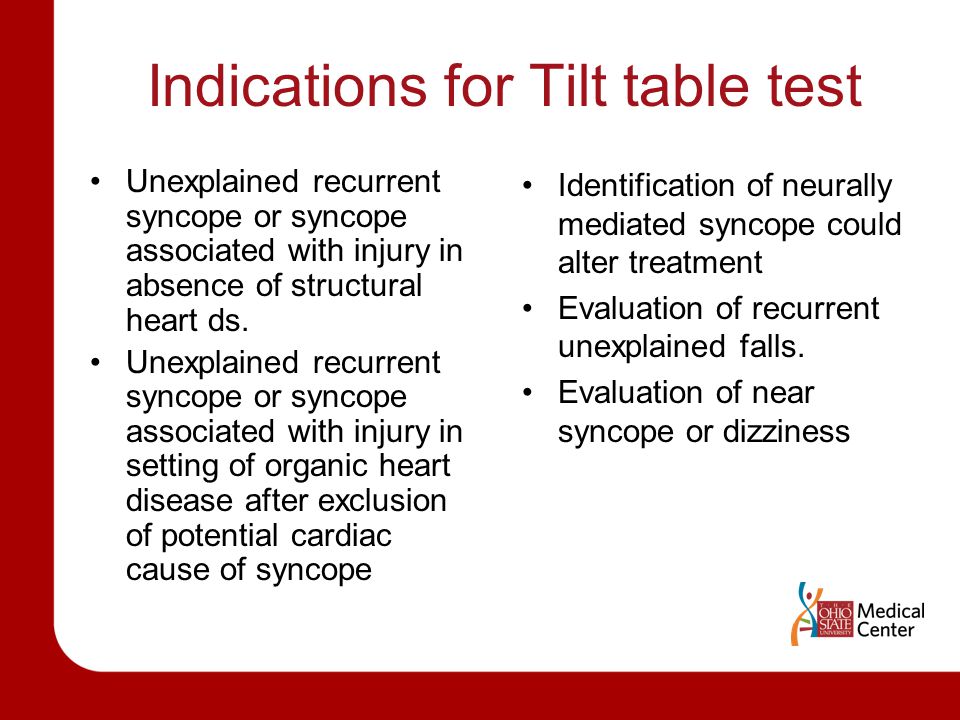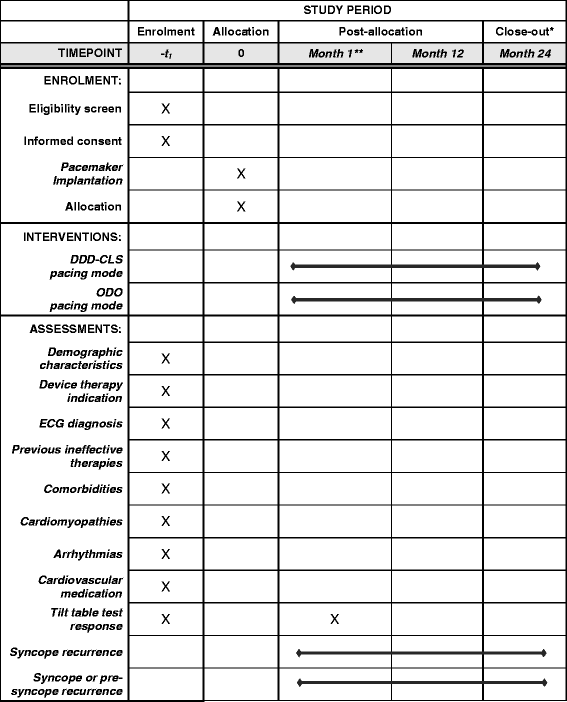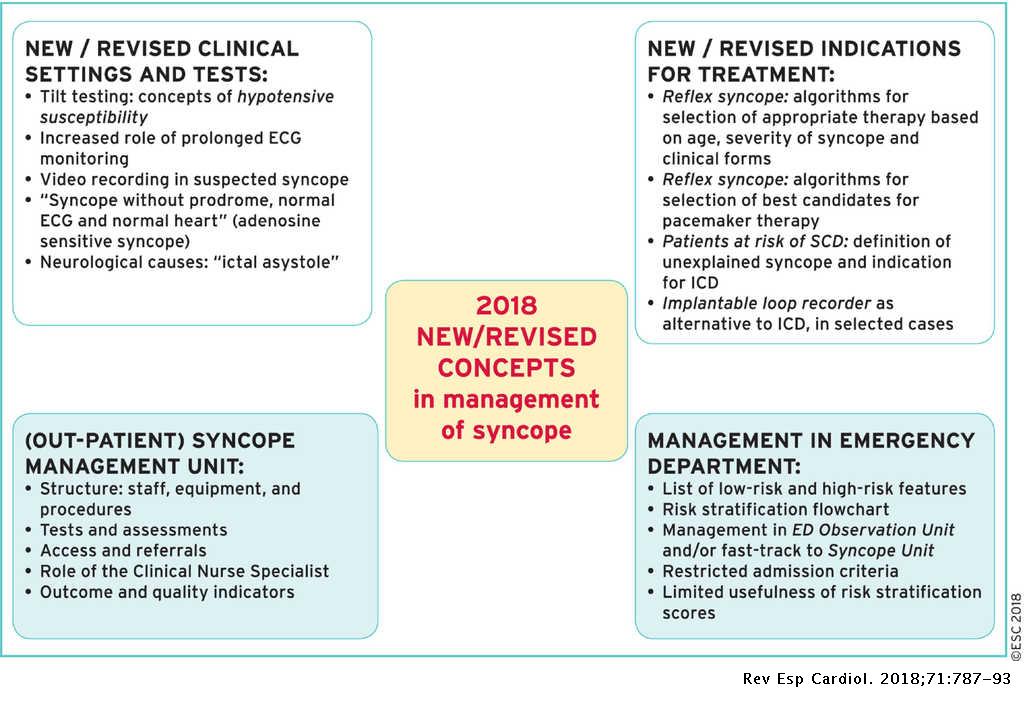Tilt Table Test Indications
Or presence of structural cardiovascular disease but other causes of syncope ruled out by diagnostic testing.

Tilt table test indications. When to use tilt table testing and findings regarding its sensitivity an article from the e journal of the esc council for cardiology practice vol. Electrodes are attached to your chest and connected to an ecg recorder like in a standard ecg test. Recurrent syncope or single syncopal episode accompanied by physical injury or motor vehicle crash or occurring in a high risk setting for example pilot surgeon commercial vehicle driver and no evidence of structural cardiovascular disease. The test can help determine if the cause is related to your heart rate or blood pressure.
A tilt table test is used to evaluate the cause of unexplained fainting. Update on friday december 20th 2019 by guillermo firman. Indications and contraindications for tilt table testing. These include tilt table testing ttt carotid sinus massage ecg monitoring in hospital holter monitor implantable loop recorders telemetry echocardiography exercise stress testing electrophysiological study cardiac catheterization neurological evaluation electroencephalography computed tomography and magnetic resonance imaging neurovascular studies and psychiatric evaluation.
While the investigation of the physiological and pathophysiological effects of orthostatic stress induced by head up tilt table testing in humans began more than 50 years ago 1 it was not until 1986 that the utility of tilt testing in the diagnosis of unexplained syncope was demonstrated. Recurrent syncope or single syncopal episode accompanied by physical injury or motor vehicle crash or occurring in a high risk setting for example pilot surgeon commercial vehicle driver and no evidence of structural cardiovascular disease. 9 n0 30 11 may 2011 dr. Michele brignole fesc in vasovagal syncope and situational syncope reflex syncope tilt table testing ttt is not necessary for confirmation of an already certain diagnosis but can still be useful for.
Patients with symptoms of dizziness or lightheadedness with or without a loss of consciousness suspected to be associated with a drop in blood pressure or positional tachycardia are good candidates for this test. The european society of cardiology formed a taskforce to update guidelines for the diagnosis and management of syncope in 2001 which was revised in 2009. A tilt table test ttt occasionally called upright tilt testing utt is a medical procedure often used to diagnose dysautonomia or syncope. The tilt test is carried out in a quiet dark room to help you relax.




